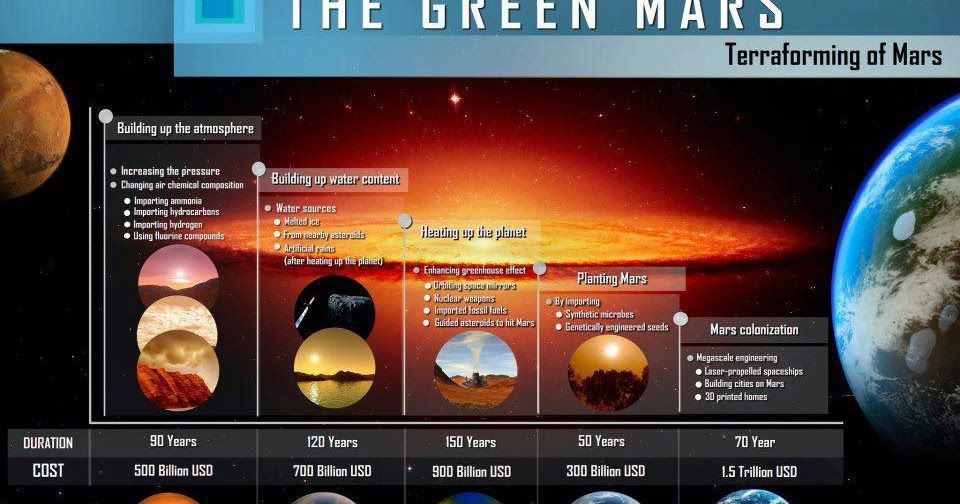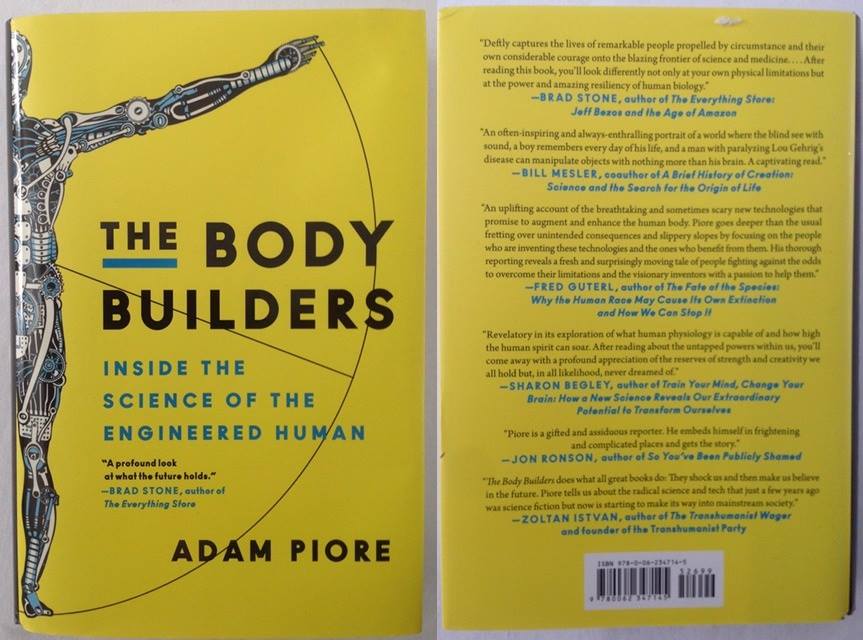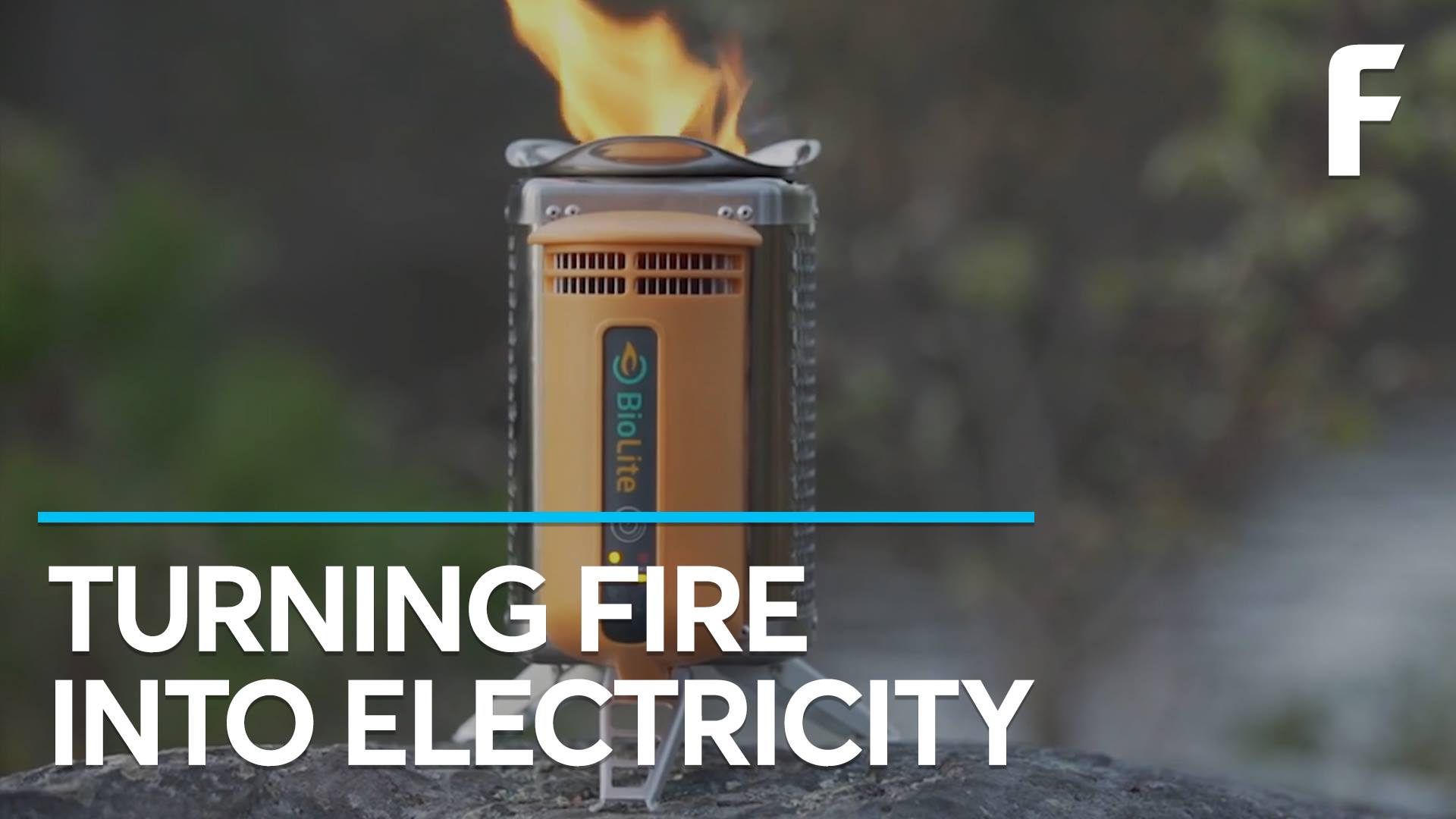Page 9977
Mar 16, 2017
Patients Lose Sight After Stem Cells Are Injected Into Their Eyes
Posted by Steve Hill in categories: biotech/medical, engineering, life extension
And today a clear lesson in why jumping the gun and not using appropriate engineering safety in regenerative medicine is reckless and dangerous. The steady and scientific path is always the best way when health is on the line. The current system needs streamlining for sure and projects like Lifespan.io are helping to create a progressive environment but ensuring appropriate safety is observed. We must be careful in healthcare and this story reminds us why.
Three women suffered severe eye damage at a Florida clinic, exposing gaps in protections for people seeking unproven treatments.
Mar 16, 2017
How Weta Workshop Made Ghost in the Shell’s Robot Skeleton!
Posted by Shailesh Prasad in categories: 3D printing, robotics/AI
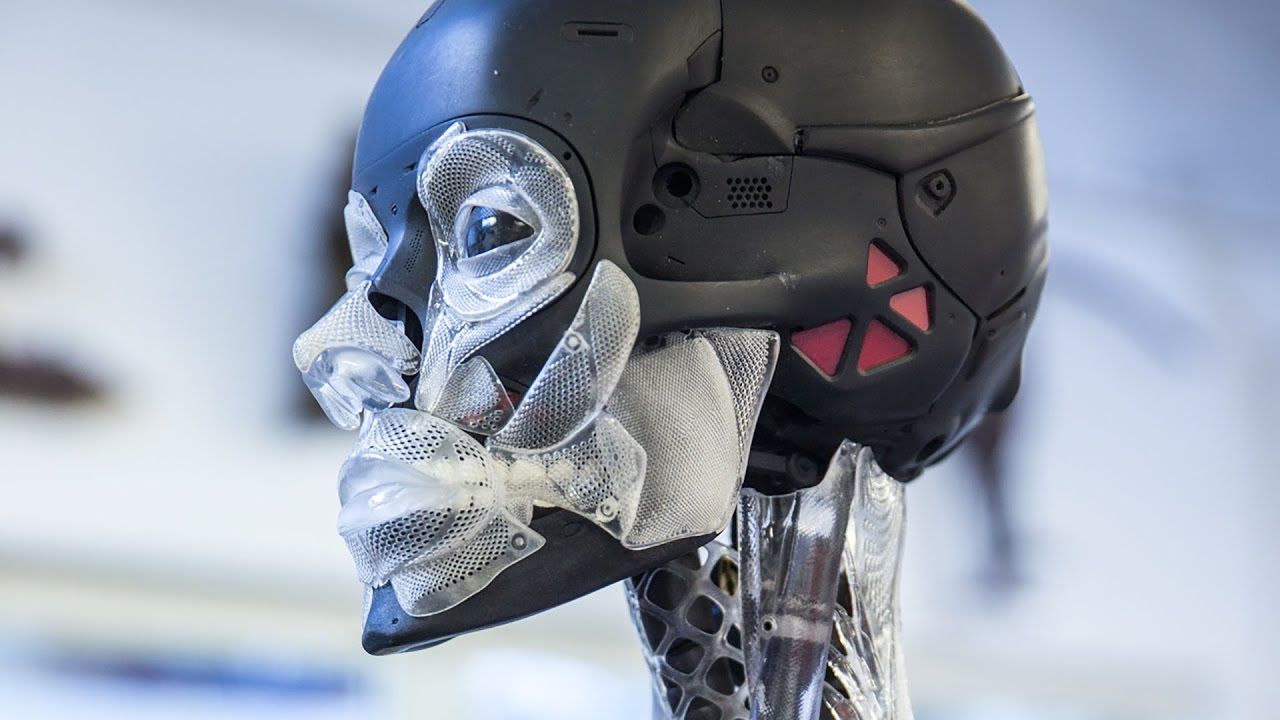
Adam Savage gets up close with the one-of-a-kind 3D-printed endoskeleton Weta Workshop made for the upcoming Ghost in the Shell. Chatting with Weta Workshop technician Jared Haley in the studio’s 3D modeling room, Adam learns about the experimentation and prototyping necessary to make this gobsmackingly beautiful prop, which is made of several hundred individual pieces!
Shot and edited by Joey Fameli
Continue reading “How Weta Workshop Made Ghost in the Shell’s Robot Skeleton!” »
Mar 16, 2017
Automation that could take away human jobs can also open the massive resources of the solar system
Posted by Klaus Baldauf in categories: employment, robotics/AI, space travel, sustainability
Massive and complete automation could enable industrializtion of the moon and space. By using some larger human colonies along with the robots then it would be more robust and less dependent on perfect automation.
Advances in robotics and additive manufacturing have become game-changing for the prospects of space industry. It has become feasible to bootstrap a self-sustaining, self-expanding industry at reasonably low cost. Simple modeling was developed to identify the main parameters of successful bootstrapping. This indicates that bootstrapping can be achieved with as little as 12 metric tons (MT) landed on the Moon during a period of about 20 years. The equipment will be teleoperated and then transitioned to full autonomy so the industry can spread to the asteroid belt and beyond. The strategy begins with a sub-replicating system and evolves it toward full self-sustainability (full closure) via an in situ technology spiral. The industry grows exponentially due to the free real estate, energy, and material resources of space. The mass of industrial assets at the end of bootstrapping will be 156 MT with 60 humanoid robots, or as high as 40,000MT with as many as 100,000 humanoid robots if faster manufacturing is supported by launching a total of 41 MT to the Moon. Within another few decades with no further investment, it can have millions of times the industrial capacity of the United States.
Mar 16, 2017
Secure Data Storage
Posted by Klaus Baldauf in categories: computing, satellites, security
Launching small satellites with big storage capacities using the highest levels of security. Sensitive information is securely stored off-planet.
Mar 16, 2017
Warming Mars and thickening its atmosphere can be done in 10–100 years
Posted by Klaus Baldauf in categories: biological, engineering, environmental, space
If all the solar incident on Mars were to be captured with 100% efficiency, then Mars would warm to Earth-like temperatures in about 10 years. However, the efficiency of the greenhouse effect is plausibly about 10%, thus the time it would take to warm Mars would be ~100 years. This assumes, of course, adequate production of super greenhouse gases over that entire time. The super greenhouse gases desired for use on Mars would be per fluorinated compounds (PFCs) as these are not toxic, do not destroy ozone, will resist degradation by ultraviolet life, and are composed of elements (C, S, and F) that are present on Mars. Fluorine has been detected on Mars by Curiosity.
The Warming Phase of a terraforming project on Mars results in a planet with a thick CO2 atmosphere. The thickness is determined by the total releasable CO2 present on Mars.
The temperatures would become well above freezing and liquid water is common. An Earth-like hydrological cycle is maintained. Photosynthetic organisms can be introduced as conditions warm and organic biomass is thus produced. A rich flora and fauna are present. A natural result of this is the biological consumption of the nitrate and perchlorate in the.
Continue reading “Warming Mars and thickening its atmosphere can be done in 10-100 years” »
Mar 15, 2017
Another new book is just out by a major publisher on radical science called The Body Builders: Inside the Science of the Engineered Human, by Adam Piore
Posted by Zoltan Istvan in category: science
I’m quoted on the back cover saying it’s a great book! Give it a read! https://www.amazon.com/Body-Builders-Inside-Science-Engineer…atfound-20
Mar 15, 2017
One Small Change Could Bring Manufacturing Back to the US
Posted by Shane Hinshaw in categories: 3D printing, robotics/AI
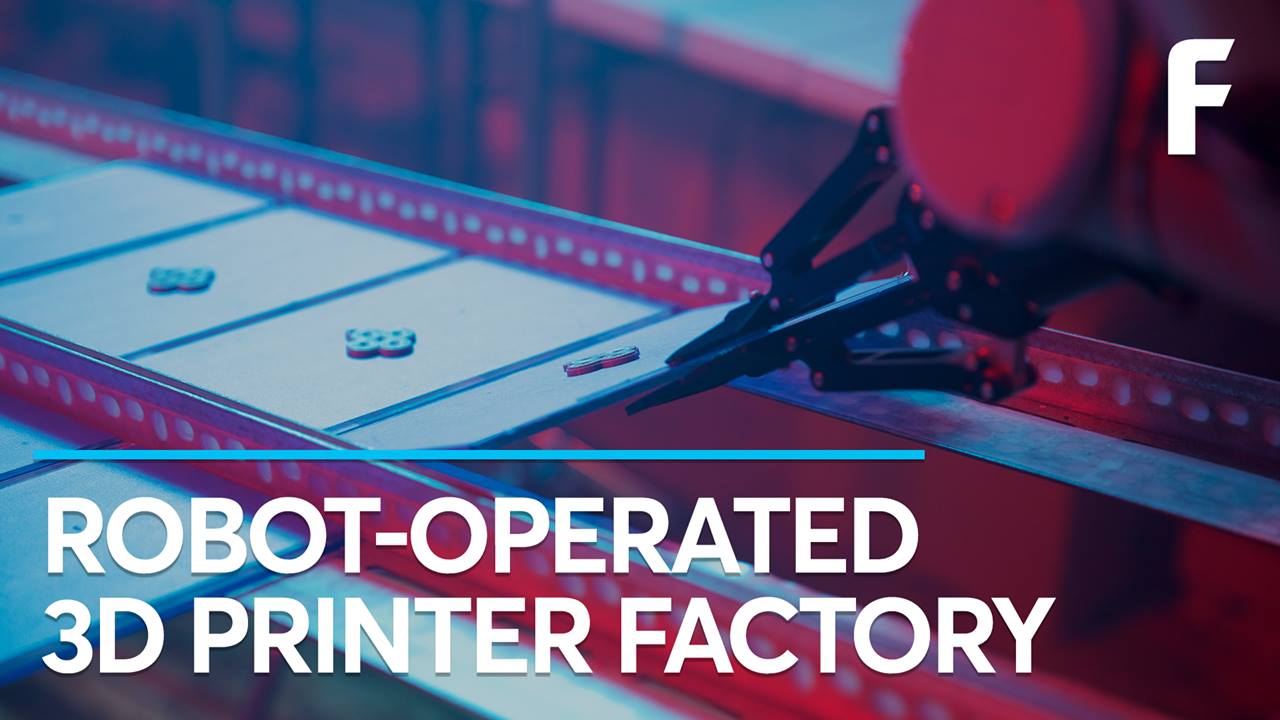
Welcome to the world’s first robot-operated 3D printer factory.
This is about as futuristic as it gets.




